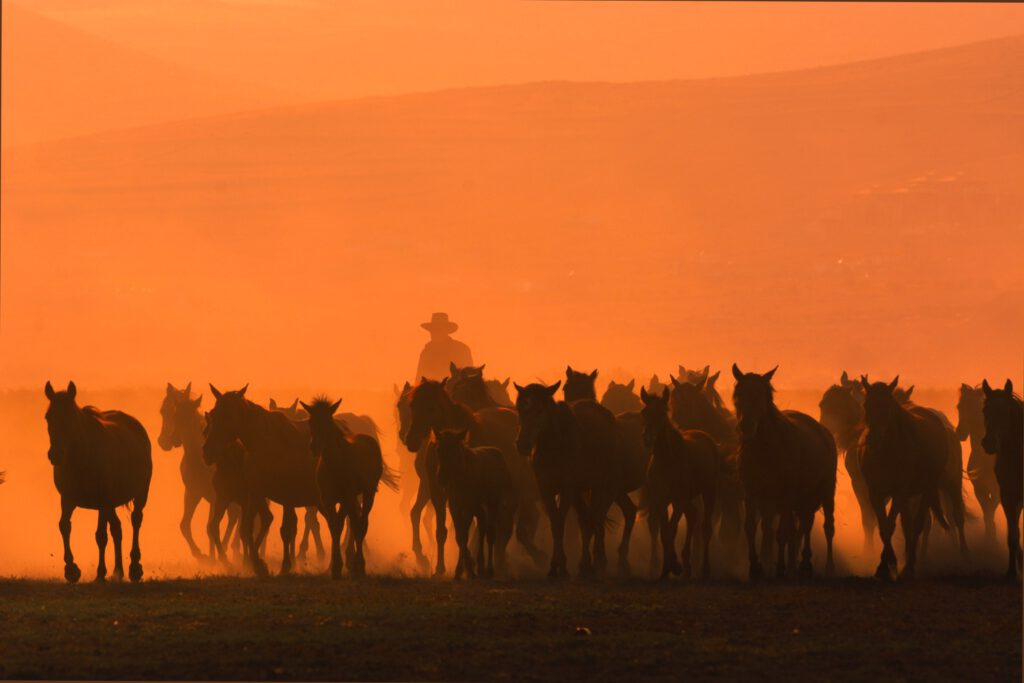America was the scene of an interesting but little known phenomenon: “modern domestication” of the horse. How did the horse appear in the New World? What was the situation of this animal at the time of the Amerindians and Christopher Columbus?

The arrival of horses in America
The story of the arrival of horses in the country differs from that of the appearance of horseback riding in Europe or the Orient.
Arriving on the decks of Spanish caravels and galleons in 1493 and 1518, the horses of Christopher Columbus and Hemân Cortés are the first ancestors of horses in America. The species was unknown on the continent and, under Montezuma, the defenders of Tenochtitlân were stunned at the sight of this formidable animal: they died.
Juan Vâsquez de Coronado and Hernando de Soto, who in the early 1540s recognized the Great Plains and the southeastern part of the future United States respectively, lost horses there. These escaped horses, the Mustangs (Mesteno, Monstenco) and then others, set out again to conquer America: Burros, Appaloosa, Broncos, and other Quarter Horses testify to the extraordinary vitality of the Caballine lineage.
When the Pueblo Indians, revolting against the Spaniards who had enslaved them, temporarily chased them out of New Mexico in 1680, they took care of the horses that their masters had left behind in their retreat. They provided the Comanches, Kiowas and other tribes with horses and taught them to train and raise them. The horse thus spread from one place to another: by 1745, the Cheyenne of Kansas and, by 1780, the tribes of Canada also had their horses.
The horse and the Amerindians
Thus, between the end of the 17th century and the first half of the 18th century, through exchanges, thefts of already trained horses or the capture of “wild” horses, the Amerindians appropriated the horse: Mexican Chichimecas, Peruvian Curacas, Chilean Araucans and Argentine Patagonians, Pawnees, Arapahos, Crows, Sioux, North American Blackfoot. They (re) domesticated the Mustang, they selected it, and some tribes even created new breeds: the Criollo of Argentina, the Indian Pony of the Cayuses and Pawnees or the Appaloosa of the Nez-Percés. The nomadic Plains Indians used the Mustang for buffalo hunting, transportation, trade, and war. Buffalo hunting became an exercise; the “sacred dog”, as some of them called it, replaced very advantageously the travois dog; wealth was counted in horses, horse stealing maintained a permanent state of war and war was the occasion to show what one could do on a horse… The warriors painted on their mount the symbols of their exploits, a little like the fighter pilots will do, later, on the cockpit of their plane. The tribes that became expert in horseback riding took advantage of the others: the Comanches, the Cheyennes expelled the Apaches, the Tonkawas and the Wichitas from the plains and pushed them back to the south and west. This was the testimony of the explorers of the American Great Plains.
Whether it was in the American Great Plains or in the Eurasian steppes, the horse was always, for man, the companion of the great spaces and the dream.


